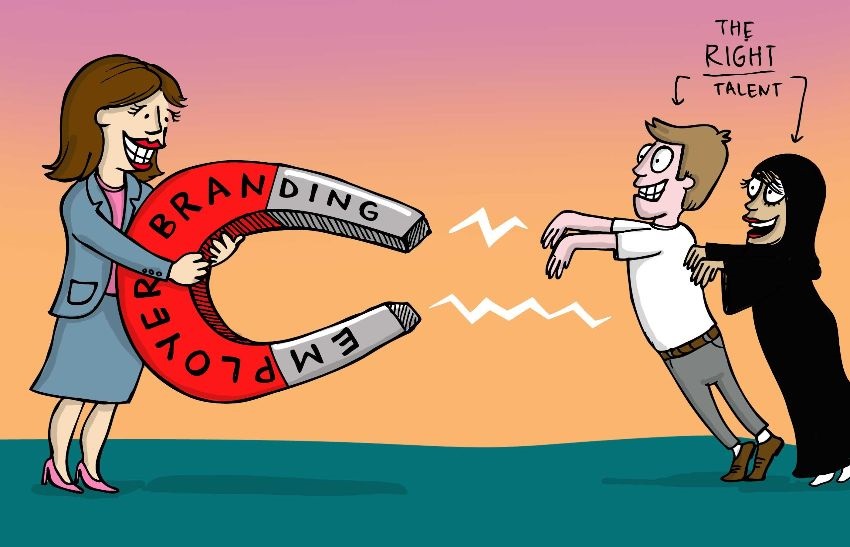CANDIDATES AS CUSTOMERS: EMPHASIZING THE CANDIDATE EXPERIENCE IN TALENT ACQUISITION
Talent acquisition has been continually evolving for the past several years. One of the biggest changes has been an increasing emphasis on the candidate experience. This growing focus is fueled by a number of factors, including
- Candidates have more choices of where to work,
- Candidate access to information and opportunities is ever-increasing,
- Technological advancements have raised expectations surrounding efficiency and personalization, and
- Work flexibility is expanding the talent pool to include candidates who previously would not be possibilities.
Given the changing talent landscape, there are a few key themes you can focus on to enhance the candidate experience at your organization.
1. Build your brand as an employer. Your brand conveys your organization’s culture as well as an employee value proposition. Companies that excel at creating a strong and descriptive brand think of talent acquisition as a marketing function. They focus on selling their organization to the customer (formerly known as the candidate). A job description is no longer enough; show people what it’s really like to be part of your organization. Don’t be afraid to get creative with this – think employee diaries, video profiles, interactive games, etc.

2. Keep procedural justice in mind. Procedural justice describes the fairness surrounding how decisions are made. Ample academic and field research shows that applicant reactions are closely linked with perceived fairness of the application and hiring process. Some ways to increase procedural justice perceptions of your application system are to ensure that it is closely related to the job in question, is consistent across all applicants, and provides candidates the opportunity to perform or demonstrate their capabilities.
3. Communicate! Talent acquisition is becoming more and more personal. How personal can the experience be if applicants are only contacted via auto-responses? According to 2016 research from The Talent Board, a nonprofit organization that focuses on the candidate experience, nearly half of job applicants never receive an indication of their application status, justification for why certain procedures or questions were included in the application (including demographic questions), or any other follow-up information – even two months after applying. Today, companies are beginning to extend communication beyond the hiring decision. When an applicant isn’t selected for a particular job, an emerging practice is to save that person’s information in a talent pool. Talent pools regularly receive newsletters and other information from the organization, keeping the applicant engaged and preventing recruiters from starting from scratch when the next opening pops up.

4. Seek feedback. Analytics are becoming necessary (and for some, a necessary evil) in running an effective HR function. We often think of HR analytics in terms of tracking turnover, time-to-fill positions, and other similar metrics. However, we can use data and analytics to track the candidate experience. Seeking feedback from candidates allows employers to understand candidate perceptions of the overall organization, the staff involved in hiring, the user friendliness of your online application, and virtually any other component of the talent acquisition process. Not only will this information allow you to better refine your talent acquisition processes, but seeking feedback keeps candidates engaged and provides another point of communication between the two of you!
Using these broad themes as guiding principles in shaping your application process will help ensure you’re addressing not only your needs as an employer, but also crafting an experience that leaves the candidate satisfied.








